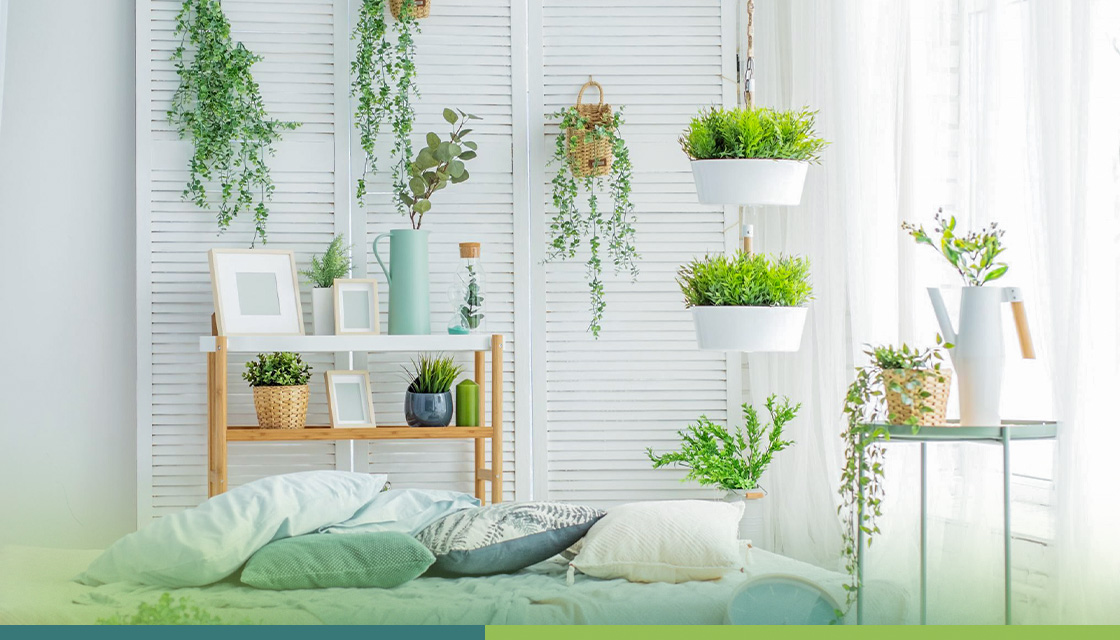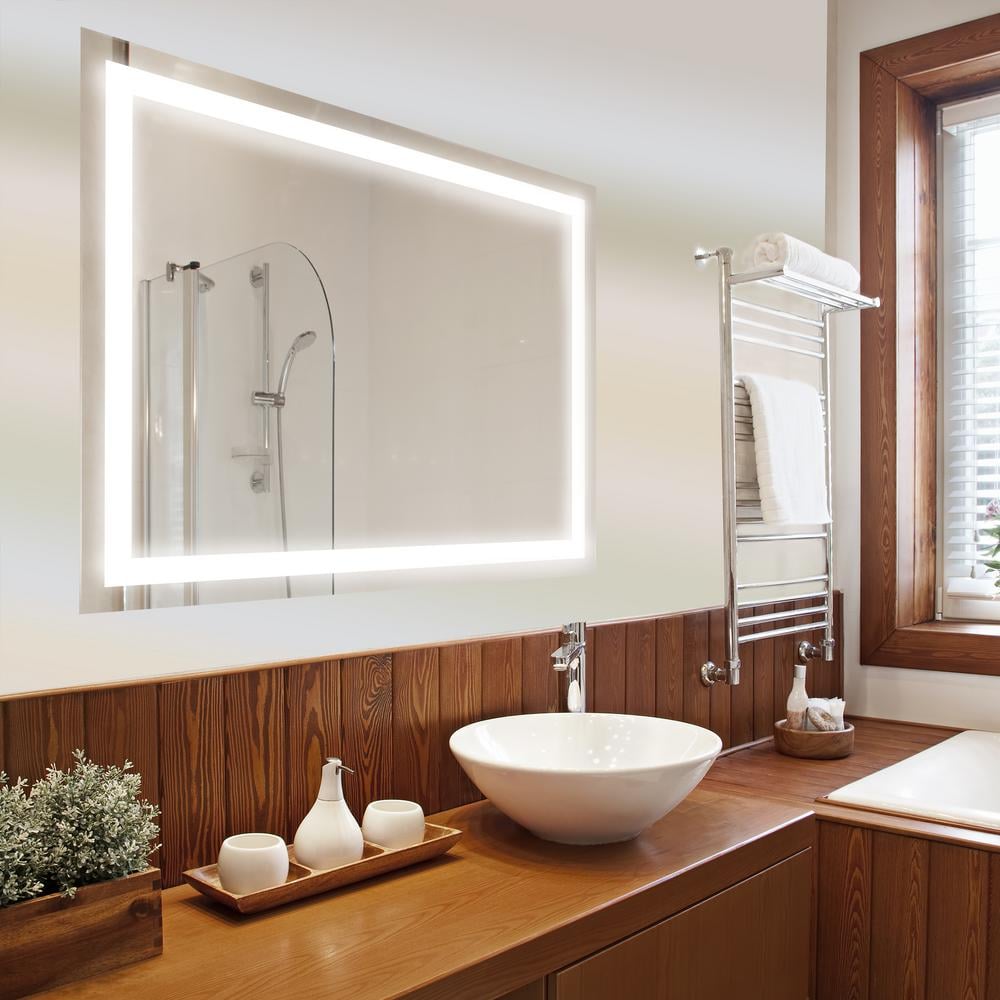When considering interior design trends over the past decade, it has become clear that homeowners are especially interested in nature. Often encapsulated beneath the umbrella term of biophilia, meaning a love of nature, interior designs extend far beyond simple floral designs and are actually seeing homes entirely change their architecture.
There are a number of reasons as to why residents are seeking a greater degree of nature within their homes. Primarily, it is because nature is associated with a number of health benefits, both physical and mental, with evidence demonstrating that stress can be reduced within individuals who spend even a small portion of their week outdoors and within nature. By bringing some of the serenity and aesthetic associated with nature inside a home, residents are seeking to bring the health benefits along too.
While house plants are certainly a good place to start (although they may not clean the air as much as we often think), homeowners can go far beyond simple potted plants and actually transform their living spaces into those that rival the beauty and remedial wonder of the wild.
Natural Shapes
An example of architectural adjustments that are being used to mimic the natural form of the wild is found within curvature. Straight edges, especially those associated with modern architecture and interior design, are not found in nature and are therefore contrary to biophilia. Instead, homeowners must pursue curves and rounded edges to mimic the natural beauty of the outdoors.
This can occur in the form of curved furniture, such as sofas, or with doorways, which can become arches, both of which make a living space feel more welcoming and natural.
Garden Living
Those with garden spaces are in good fortune because they are able to incorporate their routine directly into nature, blurring the line between indoor and outdoor. Log cabins, converted sheds, and outdoor dining sets all encourage residents to spend a greater deal of their time outdoors, whether to enjoy a morning coffee or pursue creative endeavours.
By creating such a space within a garden it not only becomes a valuable resource of natural design but also ensures that homeowners get a greater degree of usage out of their garden space, which can mean a greater return on investment in the long run.
Sensory Stimulants
Houseplants are valuable assets for nature-inspired homes not only because of how they look but also how they feel and smell. This is demonstrative of how designs must go beyond visual stimulants and consider other senses too, especially in the pursuit of nature.
Candles and oil burners can, for example, fill spaces with natural scents, helping living spaces to smell like pine or lavender. Textures and fabrics also play a significant role, especially when it comes to distancing oneself from the artificial. Wool and cotton are two ideal materials that can feel both luxurious and natural, helping residents to surround themselves only with organic decor. Even light is important, with natural light offering greater health benefits than artificial alternatives.



